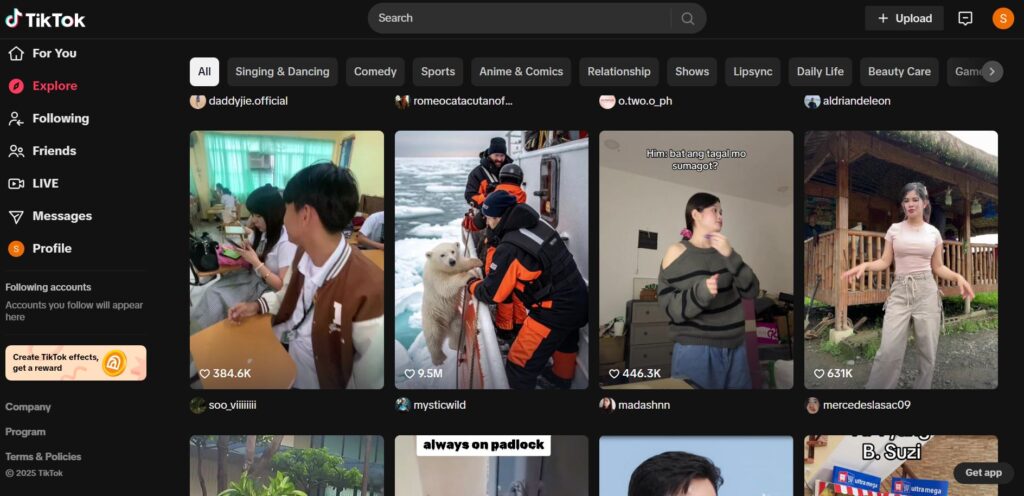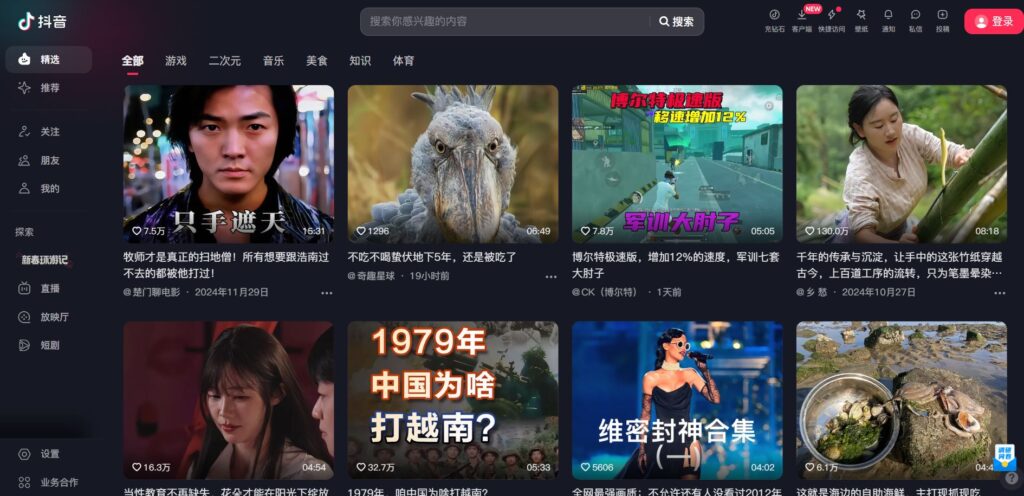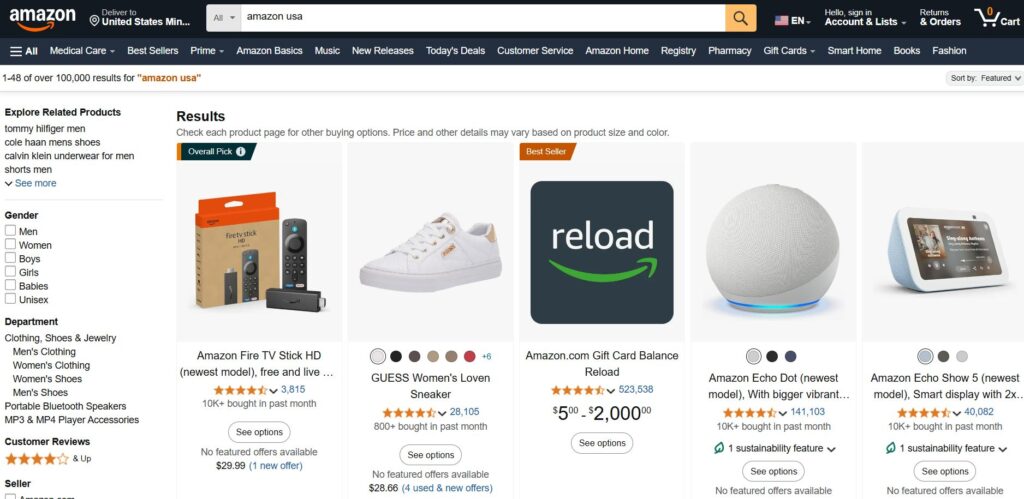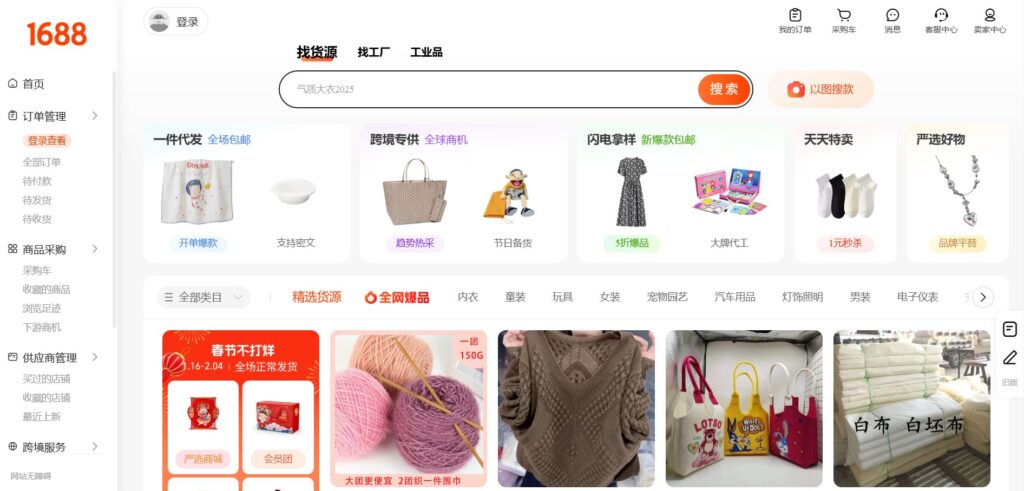Table of Contents
The digital world is as diverse as the people who use it. Nowhere is this more evident than in the stark differences between user experience (UX) designs of Chinese and Western websites. These variations are deeply rooted in cultural, linguistic, and technological factors that shape how businesses engage with their target audiences. For companies looking to expand globally, understanding these design contrasts is essential to creating websites and platforms that resonate with local users and drive business success.
For companies venturing into the vast Chinese ecommerce market, understanding these UX differences is crucial. Whether tapping into trends like Douyin ecommerce or navigating crossborder ecommerce in China, adapting to local preferences can make the difference between success and failure.
The Evolution of Digital Ecosystems: A Tale of Two Internets
China and the West have developed distinct digital ecosystems due to their unique socio-political and technological landscapes.
China’s Independent Development
The Great Firewall of China and strict internet regulations isolated the country’s digital sphere, enabling local tech giants like Tencent, Alibaba, and Baidu to dominate. The rise of super apps like WeChat and platforms integrated with Chinese ecommerce exemplifies this tailored approach.
The West’s Fragmented Approach
In contrast, Western markets, driven by platforms like iOS and Android, favor specialized apps that excel at a single purpose. Users prefer streamlined experiences that focus on functionality without overwhelming the interface.
These differing approaches have significantly influenced UX design, particularly in how features are presented and prioritized. For brands supported by a marketing agency in China or a web design agency in China, understanding these differences is essential to crafting localized strategies.
Visual Design Philosophies: Minimalism vs. Maximalism
Western Minimalism

Western websites prioritize simplicity, emphasizing white space, clean lines, and intuitive navigation. This minimalist approach aligns with Western values of practicality and efficiency, creating a polished, professional feel.
Chinese Maximalism

Chinese websites and apps often adopt a “more is more” philosophy. Vibrant visuals, dense information layouts, and numerous calls-to-action dominate the interface. This reflects cultural preferences for abundance, where busier designs are perceived as offering more value and engagement. For example, Douyin ecommerce leverages visually rich interfaces to attract and retain users.
For Western users, Chinese designs might feel overwhelming, while for Chinese users, Western designs can appear sparse and less engaging. Collaborating with a creative agency in China can help businesses strike a balance between these styles when entering the Chinese market.
Writing Systems and Their Impact on UX
Language plays a significant role in shaping user interface (UI) designs:
Chinese Logograms
The Chinese writing system is logogrammatic, packing more information into each character. This allows for denser layouts without overwhelming local users. However, the lack of spacing, italics, and capitalization makes hierarchical organization challenging, leading designers to use visual elements like banners and cards to segment content.
Western Alphabets
Western writing systems, based on alphabets, rely on spacing and formatting to structure content. This encourages a more hierarchical and organized presentation, influencing the preference for minimalist designs that use white space effectively.
Businesses entering the Chinese market, especially those in crossborder ecommerce in China, must adapt designs to accommodate these linguistic differences.
Information Architecture: Hierarchy vs. Inclusivity
The way information is structured on websites reflects cultural priorities:
Western UX

Western websites focus on clear hierarchies, with logically ordered menus and content categories. This structured approach simplifies navigation and helps users quickly find what they need.
Chinese UX

In contrast, Chinese websites often present a variety of options simultaneously, with less emphasis on hierarchy. Features like scrolling banners and overlapping CTAs are designed to capture attention and encourage exploration. While this may seem chaotic to Western audiences, it aligns with the preferences of Chinese users for more comprehensive and immersive interfaces.
The Role of Super Apps in Chinese UX
Chinese users have embraced super apps like WeChat, which integrate messaging, payments, social media, and ecommerce in China into a single platform.
In contrast, Western apps are typically more specialized, focusing on single functions. While Western companies are beginning to integrate more features, the emphasis remains on maintaining a simple and focused user experience.
For brands targeting Chinese audiences, leveraging platforms like WeChat or trends in Douyin ecommerce can create competitive advantages.
Cultural Influences on Design Preferences
Cultural differences significantly shape UX design strategies:
High-Context Culture in China
China’s high-context culture emphasizes implicit communication and contextual cues. This is reflected in design elements like symbolic visuals, vibrant colors, and culturally significant motifs.
Low-Context Culture in the West
Western UX designs cater to low-context cultures that value direct and explicit communication. Designs are straightforward, favoring simplicity over ornamentation to ensure clarity.
Mobile-First Mindsets and Their Impact
China’s rapid adoption of mobile internet has established a mobile-first mindset, influencing everything from ecommerce platforms to app design.
Platforms like Douyin have transformed mobile shopping experiences with engaging content and China livestream trends. These immersive interactions align with the mobile-first expectations of Chinese users.
Western markets also prioritize mobile experiences but emphasize seamless transitions between desktop and mobile platforms, ensuring balanced usability.
Revenue Models and Monetization Strategies
The way platforms generate revenue influences UX design:
Chinese Models
Apps in China leverage integrated services, in-app purchases, advertisements, and Chinese ecommerce partnerships. Feature-rich designs aim to keep users engaged within a single ecosystem, driving revenue across multiple touchpoints.
Western Models
Western platforms often rely on subscription fees or app purchases, leading to streamlined interfaces that emphasize functionality over additional features.
The Psychology of Abundance vs. Simplicity
Cultural perceptions of value drive design preferences:
Perception of Value in China
Chinese users often associate abundance with value. Websites and apps that showcase a wealth of options and features are seen as more desirable.
Western Preference for Simplicity
Western users, on the other hand, equate simplicity with quality. Overloaded designs can be perceived as cluttered or unprofessional.
Collaborating with a branding agency in China can help businesses align their designs with local perceptions of value.
Marketing Implications for Businesses
For businesses, understanding these UX differences is crucial for success:
Tailored Strategies
Platforms like WeChat and Douyin offer businesses tools to customize experiences for local audiences. Embracing trends like Douyin ecommerce and China livestream shopping can enhance customer engagement.
Global Consistency
Western brands expanding globally must balance local customization with consistent branding to maintain their identity.
Bridging the Gap: Designing for Global Audiences
To appeal to both Chinese and Western users, businesses can:
- Combine minimalist aesthetics with strategically placed features.
- Use data-driven insights to tailor designs to specific demographics.
- Test localized UX designs to ensure they resonate with target users.
Conclusion
The UX design differences between Chinese and Western websites reflect deeply ingrained cultural, linguistic, and technological factors. For companies aiming to succeed in Chinese ecommerce or digital marketing, understanding these distinctions is essential. By tailoring designs to meet local expectations and leveraging platforms like WeChat or Douyin, businesses can tap into the immense potential of China’s digital economy.



